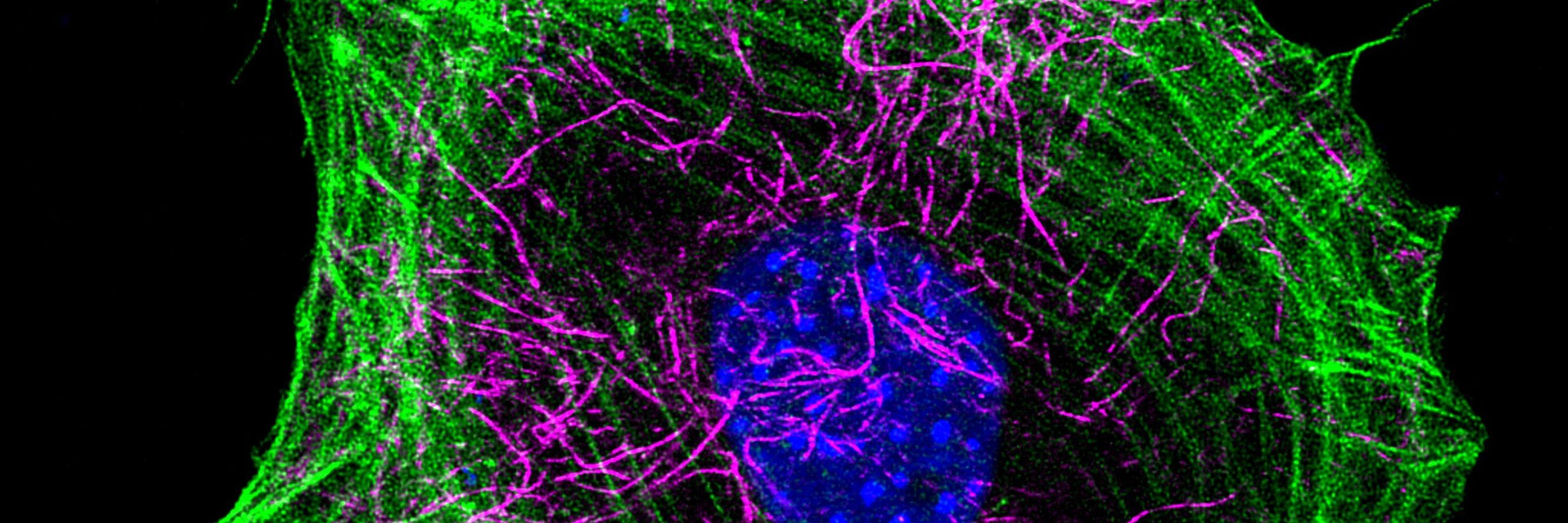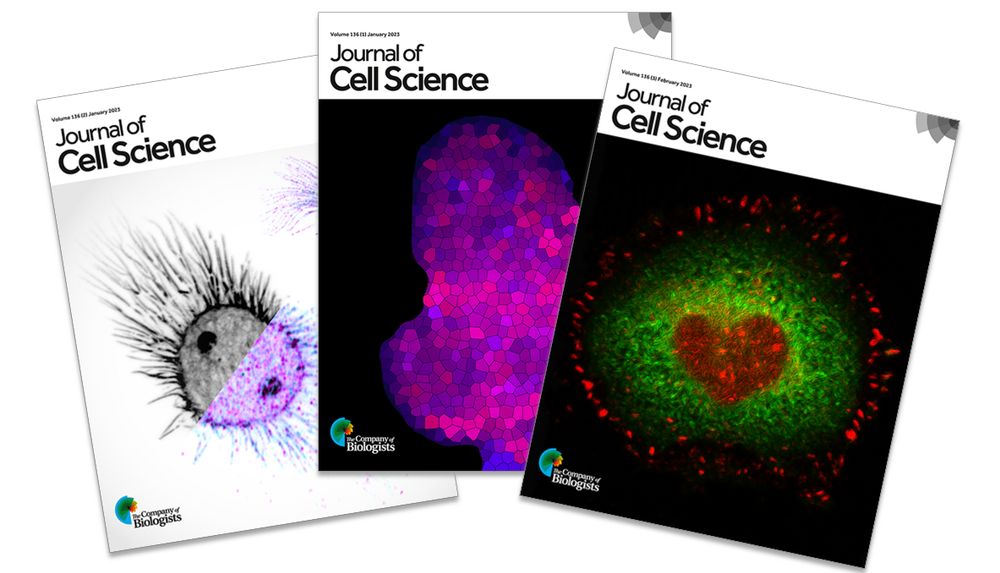Journal of Cell Science
@jcellsci.bsky.social
5.1K followers
1.7K following
500 posts
Journal of Cell Science (JCS) publishes cutting-edge science encompassing all aspects of cell biology. JCS is a community journal published by The Company of Biologists (@biologists.bsky.social), a not-for-profit organisation. #cellbiology #cellbio
Posts
Media
Videos
Starter Packs
Pinned
Reposted by Journal of Cell Science
Reposted by Journal of Cell Science
Reposted by Journal of Cell Science
Reposted by Journal of Cell Science
Reposted by Journal of Cell Science
Reposted by Journal of Cell Science
Reposted by Journal of Cell Science






















